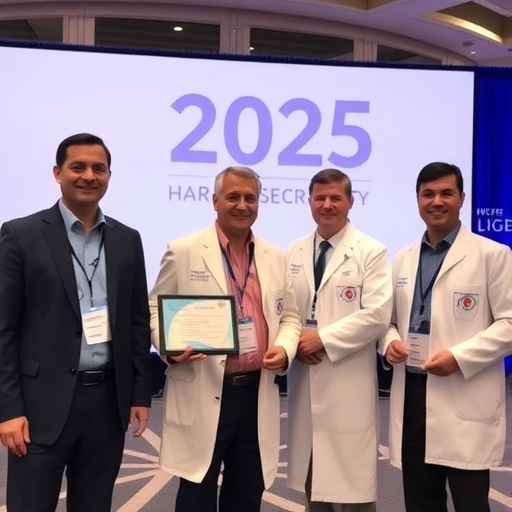Simply changing cardiac referral processes to opt-out rather than opt-in significantly increased referral rates, according to a study presented at the American College of Cardiology's NCDR Annual Conference (NCDR.18) in Orlando. The technology-based program also provides resources to staff and patients about the significance and impact of cardiac rehab.
Cardiac rehab is a medically supervised program designed to help improve cardiovascular health in patients who have experienced a heart attack, heart failure, angioplasty or heart surgery. It has been shown to reduce the rates of cardiovascular deaths and readmissions and to improve quality of life in patients with heart disease. It consists of exercise counseling and training; education for heart-healthy living–including smoking cessation tools; and counseling to reduce stress. The study included patients who had a heart attack or stent placement, also called percutaneous coronary intervention (PCI).
"Cardiac rehab gives patients an opportunity to get back to or begin exercising safely under the guidance of a specialist and helps them understand medications they've been placed on," said lead researcher Elizabeth Jolly, RN, BSN, MBA, interventional cardiology transitions coordinator at the Hospital of the University of Pennsylvania in Philadelphia.
Jolly's team–in collaboration with the Penn Medicine Center for Healthcare Innovation–designed intelligent alerts from patients' electronic medical records to alert the Coronary Artery Disease Transitions Coordinator and Case Management Team every morning about which patients potentially could qualify for cardiac rehab. Using NCDR criteria, standard phrases were created for use in discharge summaries within the electronic medical record system to meet CathPCI Registry metrics.
More than 40 cardiac rehab facilities in Philadelphia and surrounding counties were identified and then contacted to ensure they would take patients from the hospital and endorse this referral process. If a patient wanted to enroll in a cardiac rehab program, the staff helped them choose a convenient facility in their ZIP code region. The staff member then forwarded the referral to the cardiac rehab facility. The transition coordinator contacted patients within a week of discharge to ask about their plans and facilitated their enrollment into cardiac rehab.
The cardiac team–which included bedside registered nurses, advanced practice providers, physicians and case managers–was educated by Jolly's team on the benefits of cardiac rehab. Educational materials were provided to the discharging nursing units to distribute to all patients after a heart attack or PCI. Staff discussed the benefits of cardiac rehab with eligible patients prior to discharge.
In the 21 months before implementing the program, the hospital's average cardiac rehab referral rate was 12 percent. After the program was implemented, the cardiac referral rate increased to 75 percent in the following three quarters.
In two other hospitals in the University of Pennsylvania health system, the full program was not implemented, but awareness of the importance of cardiac rehab was raised. In those hospitals, the cardiac rehab referral rate rose from 4.2 to 24.8 percent at one hospital and from 4 to 25.4 percent at the second hospital.
Before the new program was implemented, there was no structured referral process for cardiac rehab at the hospital, Jolly said. Health care providers needed to initiate and drive the process of cardiac rehab referral.
"If a provider thought a patient would benefit from cardiac rehab, they would hand the patient a handwritten prescription but didn't have the tools to get them there," Jolly said. "At a big institution like ours, we have so many patients that it's not always evident who qualifies for cardiac rehab. Now we know in real time. We started bringing cardiac rehab into our conversations with patients and adding it to discharge documentation and conversations following discharge as well. Now this is part of our daily workflow."
###
The American College of Cardiology is the professional home for the entire cardiovascular care team. The mission of the College and its more than 52,000 members is to transform cardiovascular care and to improve heart health. The ACC leads in the formation of health policy, standards and guidelines. The College operates national registries to measure and improve care, offers cardiovascular accreditation to hospitals and institutions, provides professional medical education, disseminates cardiovascular research and bestows credentials upon cardiovascular specialists who meet stringent qualifications. For more, visit acc.org.
Media Contact
Katie Glenn
[email protected]
202-375-6472
@ACCmediacenter
http://www.acc.org




